
What is a Control Scheme?
A control scheme comprises a number of routine maintenance and observation tasks high-lighted as a requirement following a Legionella Risk Assessment. The tasks vary in accordance with the premises surveyed and the quantity and extent of the assets.
The ACOP says that the risk from exposure to legionella should be prevented or controlled; precautions should include the use of water treatment and hygiene techniques. It is essential that the system is kept clean because the efficacy of the control method may be reduced substantially in systems that are fouled with organic matter such as slimes or inorganic matter such as scale.
Types of Control Methods The following are some of the more common control methods we carry out during site visits.
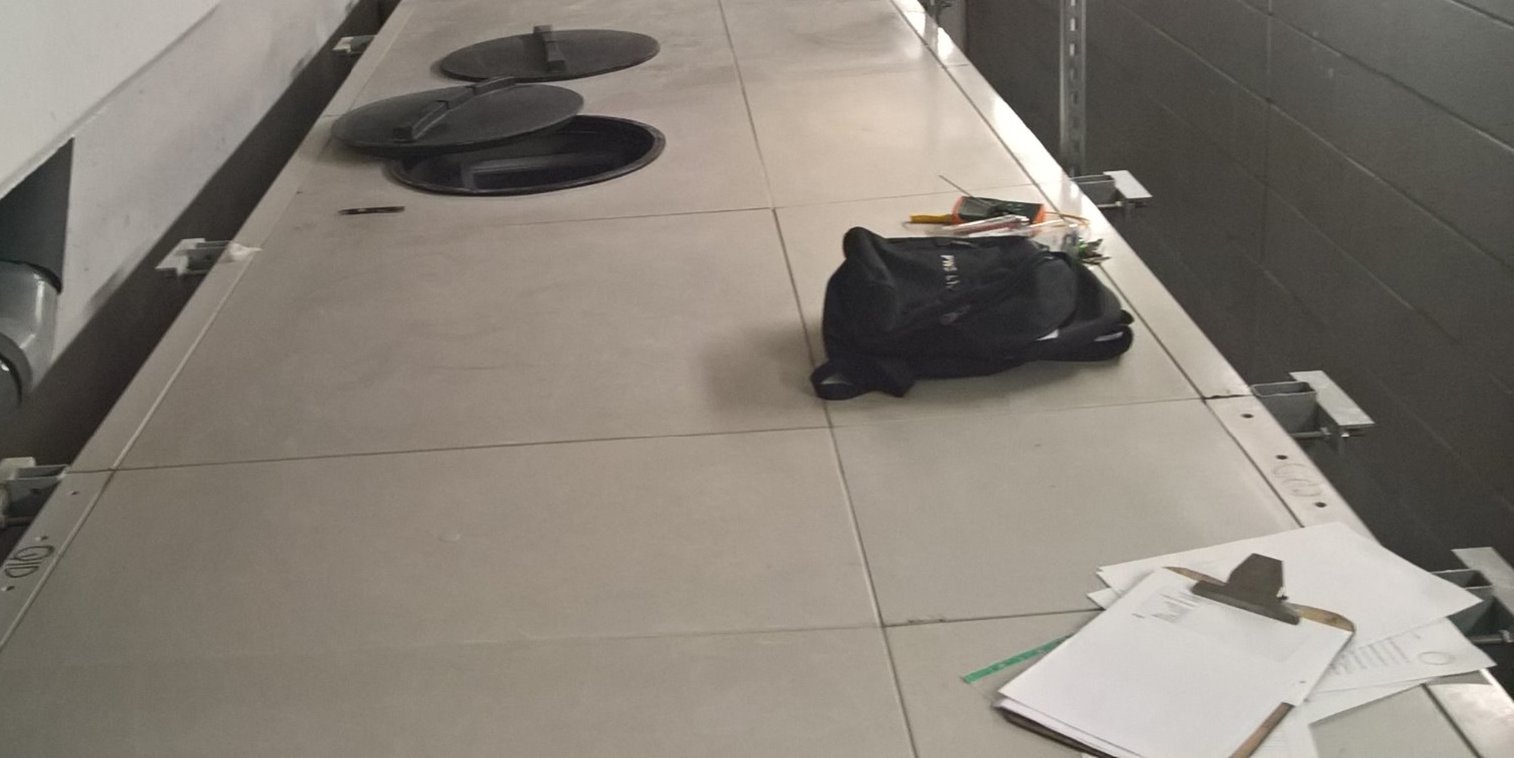
An inspection of the CWSTs are the first item on the list.
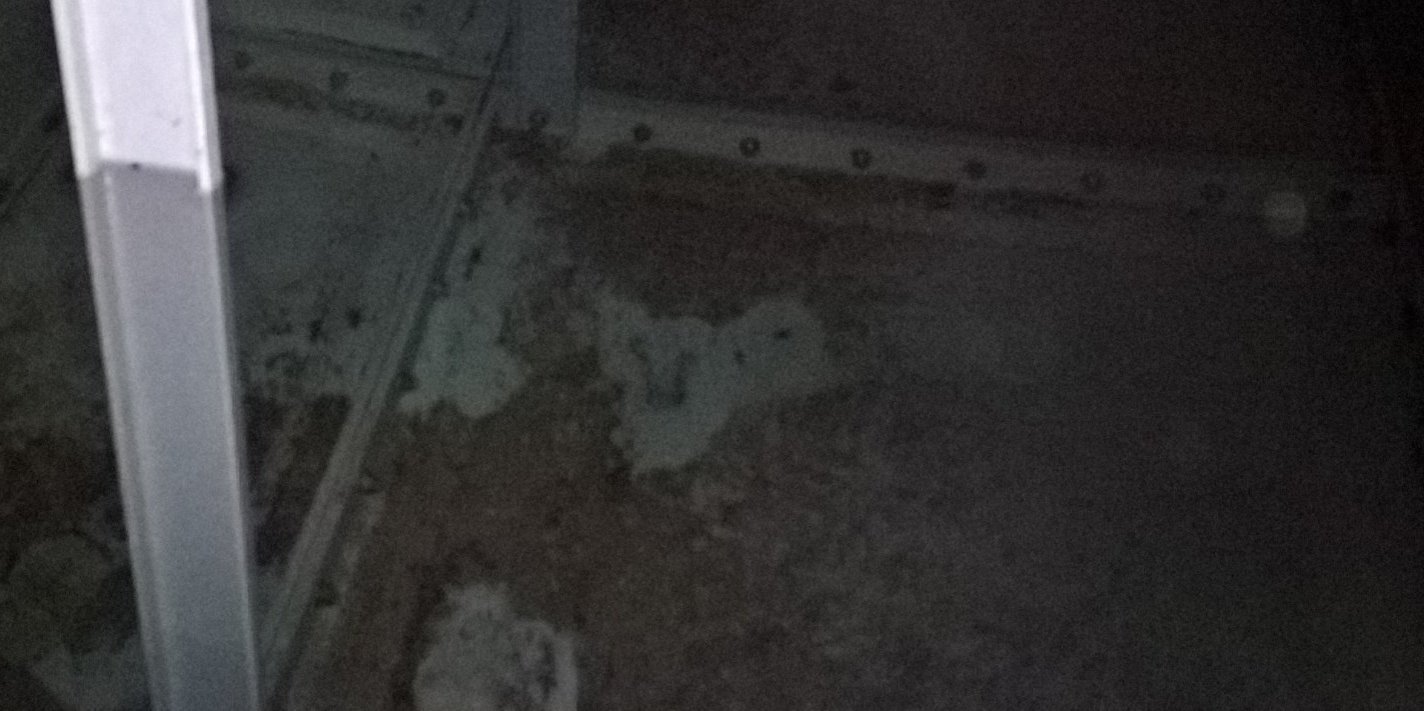
It wasn't the cleanest of tanks.
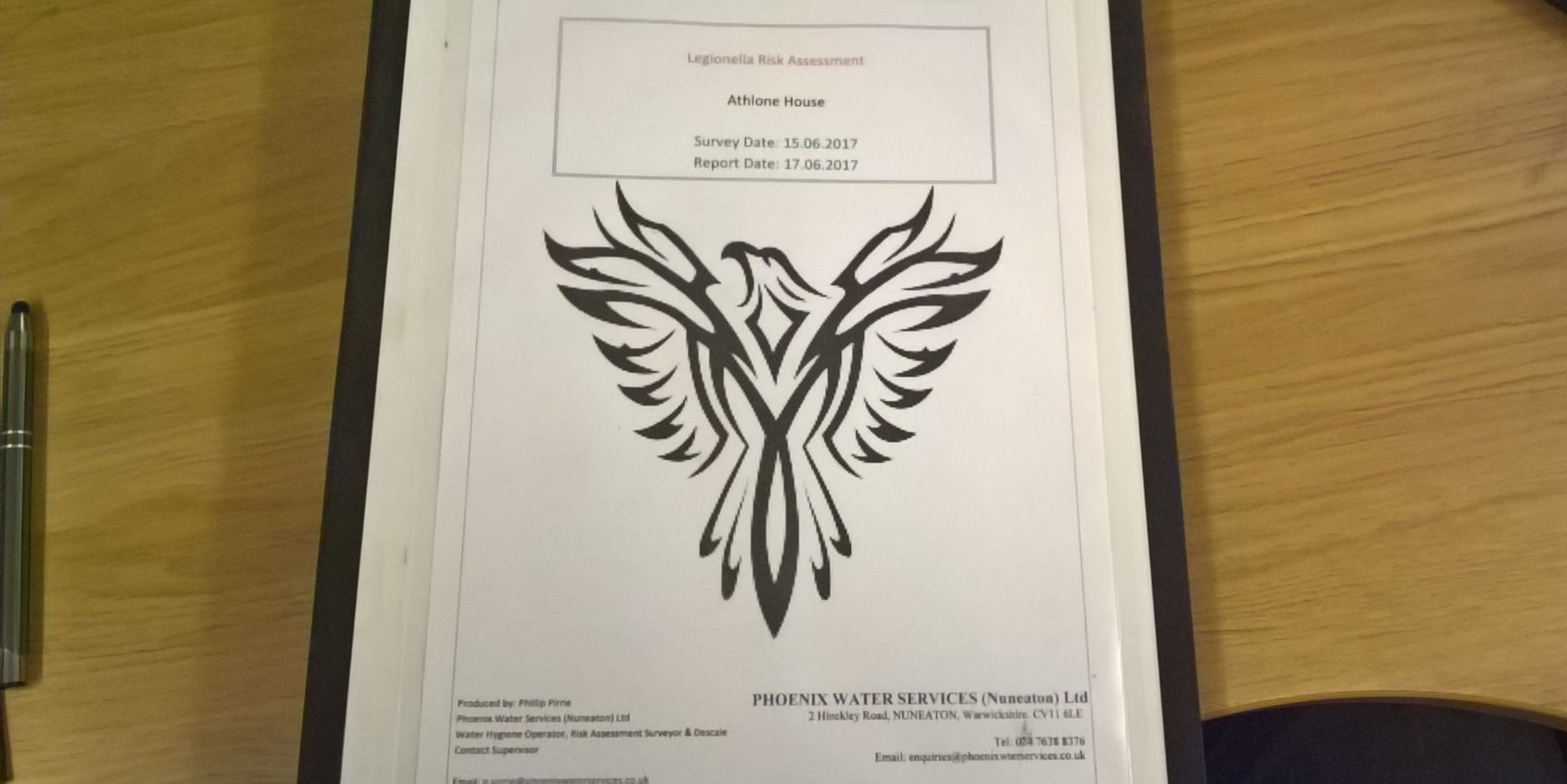
A risk assessment report was prepared. A hard copy and a PDF were issused. (The picture is changed to a photo of the building being assessed)
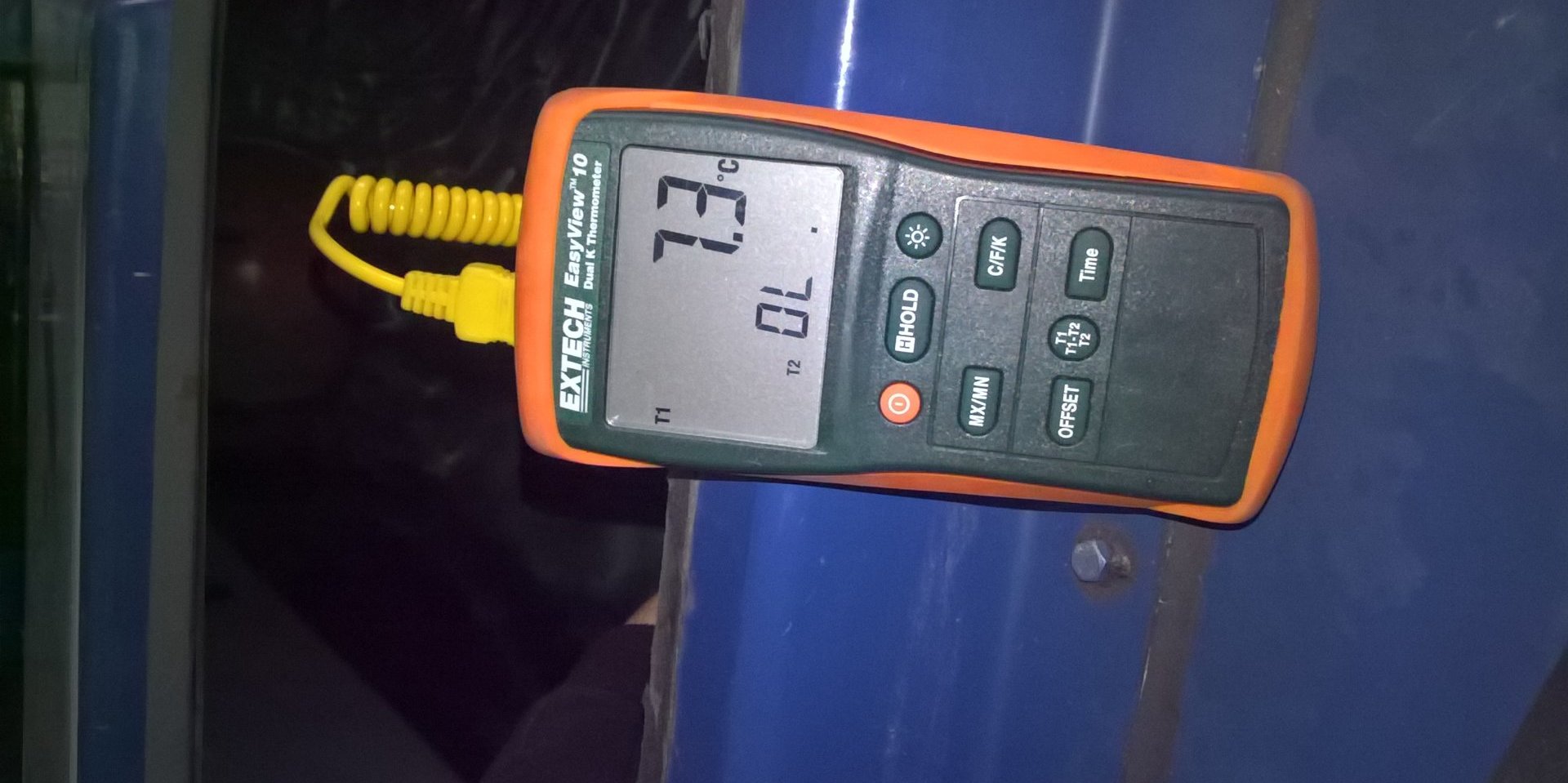
The Control Scheme was implemented
Temperature
This is the traditional approach to legionella control. It is recommended that hot water is stored at a maximum of 60ºC and distributed so that it reaches 50ºC within one minute at outlets. Cold water is to be stored at less than 20ºC and distributed so that it reaches less than 20ºC within two minutes at outlets.
Outlets
All water services should be routinely checked for temperature (cold water < 20ºC, hot water > 50ºC), water demand, and inspected for cleanliness.

Sampling It is recommended that sampling is carried out when:

In water systems where biocides are used as part of a control programme (Monthly)

In systems where control levels are not constantly achieved (Weekly)

In other types of systems (Annually)
Below is a list of the areas we commonly check when conducting the control scheme tasks, some of the areas listed might not show up during monthly visits. This is because buildings vary in assets which might not have been relevant or included. Access may be difficult as the asset may be in a position which could be unsafe to reach. All control scheme visits are carried out to the best of our abilities.
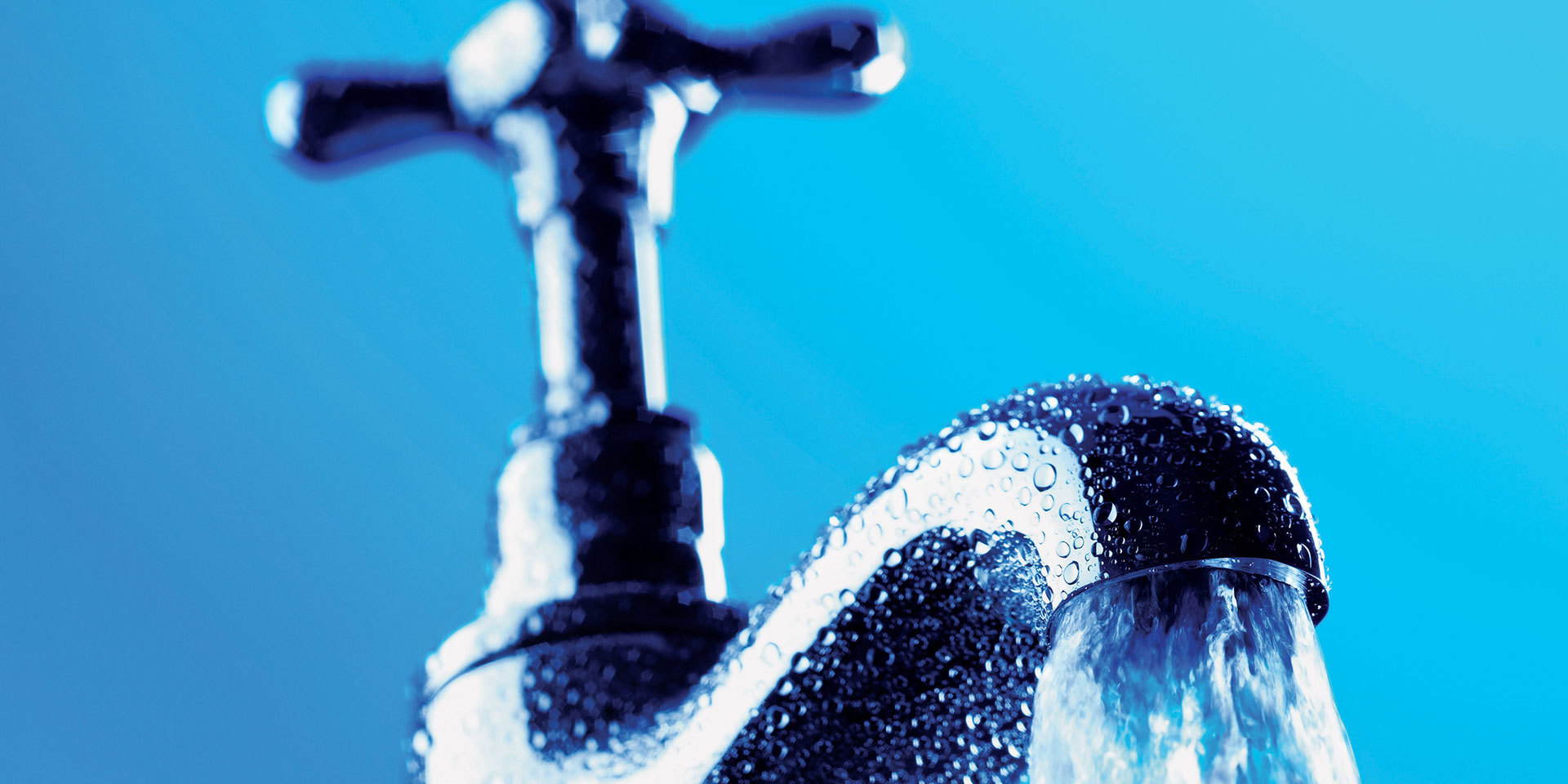
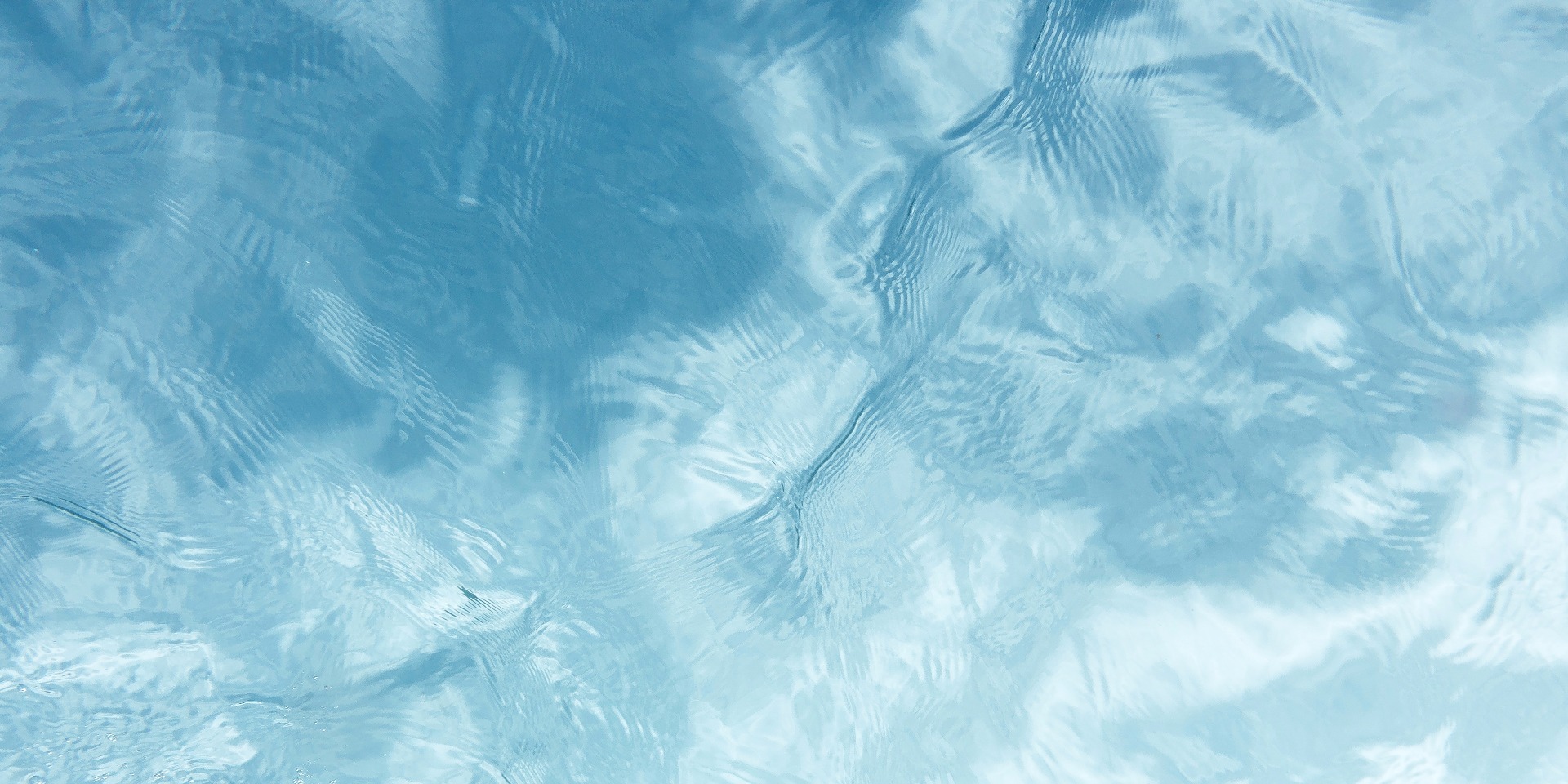

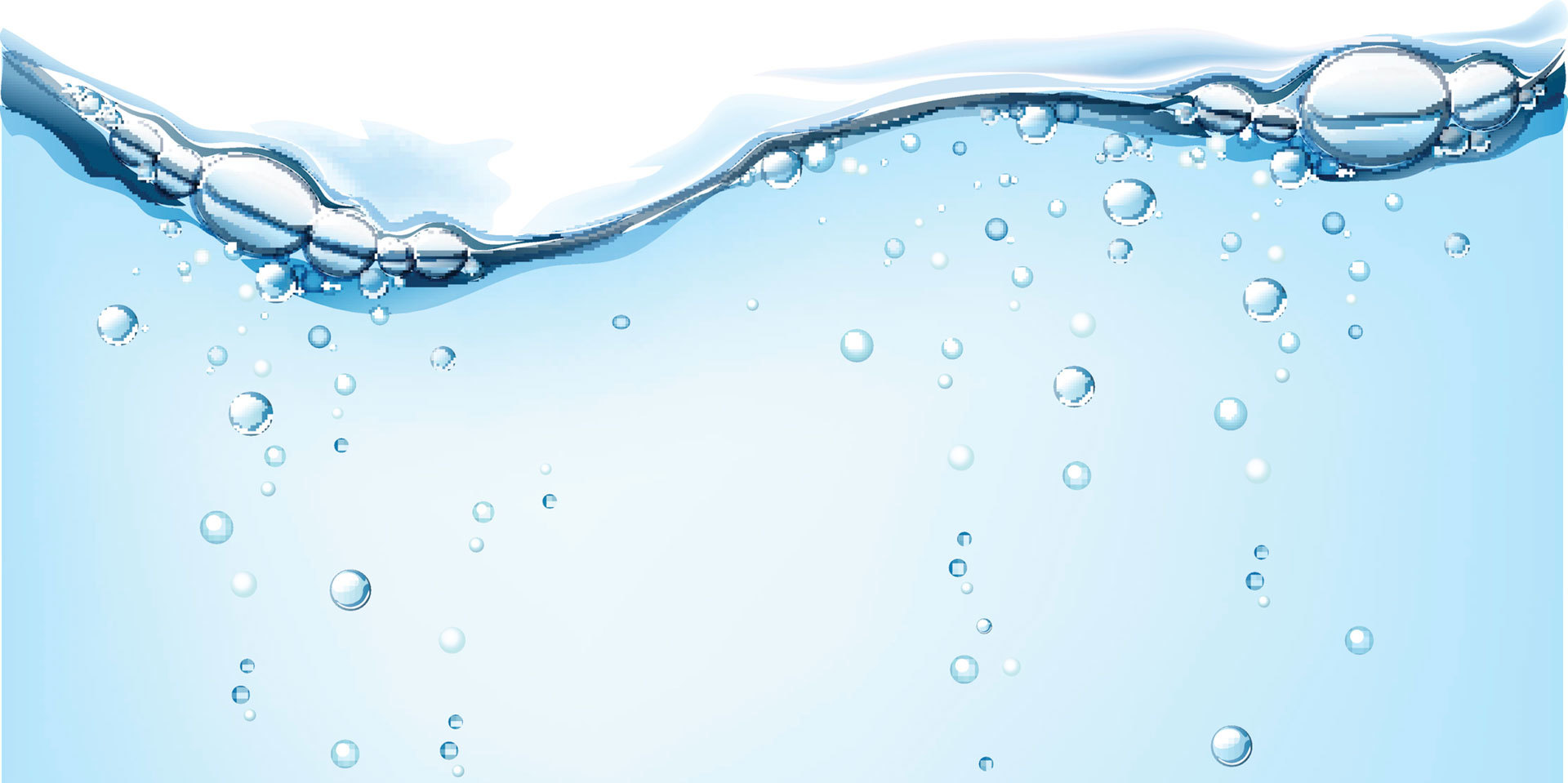
Calorifiers

Action to Take Frequency

Inspect the calorifiers internally by removing the inspection hatch and cleaning by draining and flushing the vessel Annually, or more depending on the amount and rate of fouling

Purge any of the debris in the base to a suitable drain Annually, or more depending on amount and rate of fouling

Check calorifier flow temperature (60ºC), and check the return temperature (50ºC) Monthly
Hot Water Services

For non-circulating systems, take temperatures at sentinel points to confirm they are at a minimum of 50ºC - Monthly

For circulating systems, take temperatures at return legs of the principal loops to confirm

they are at a minimum of 50ºC - Monthly

For circulating systems, take temperatures at return legs of subordinate loops(pipework surface or outlet). This is to confirm they are at a minimum of 50ºC - Quarterly (ideally on a rolling monthly rota).

All HWS systems, take temperatures at representative selection of other points to confirm they are at a minimum of 50ºC - Quarterly (ideally on a rolling monthly rota)

POU and Combination Water Heaters

POU water heaters (no greater than 15 litres)

Check water temperatures to confirm the heater operates at 50 - 60ºC or check the installation has a high turnover - Monthly
Combination water heaters

Inspect the integral cold water header tanks as part of the cold water storage tank inspection regime, clean and disinfect as necessary - Annually

Check water temperatures at an outlet to confirm the heater operates at 55 - 60ºC - Monthly
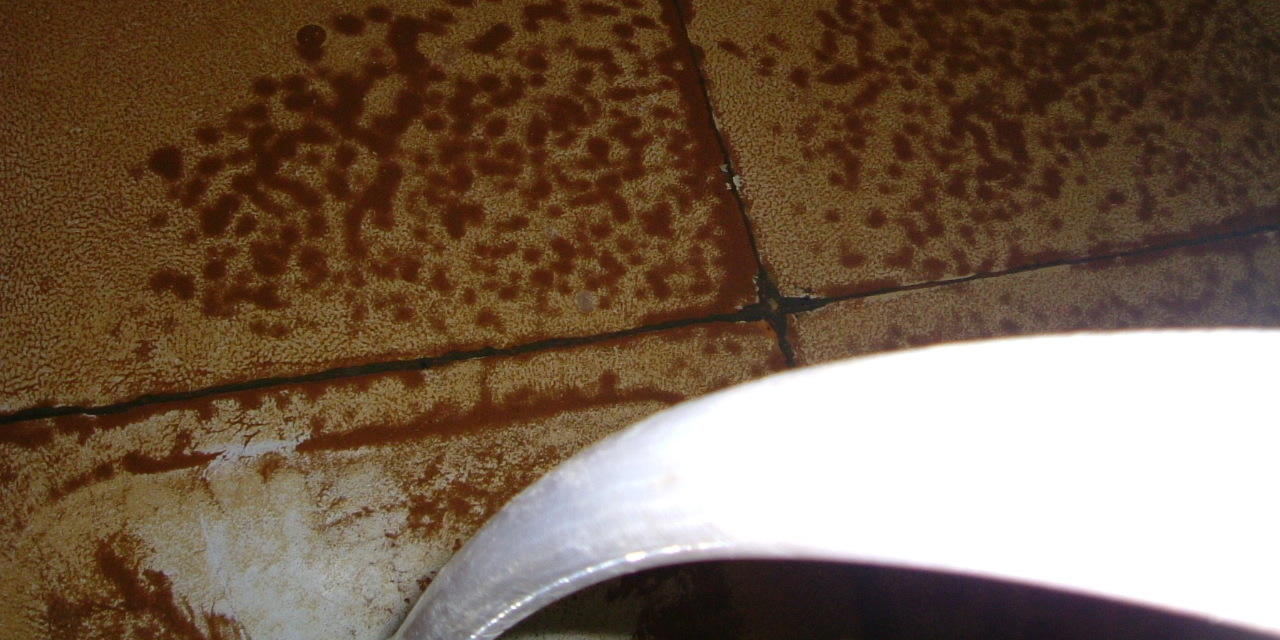
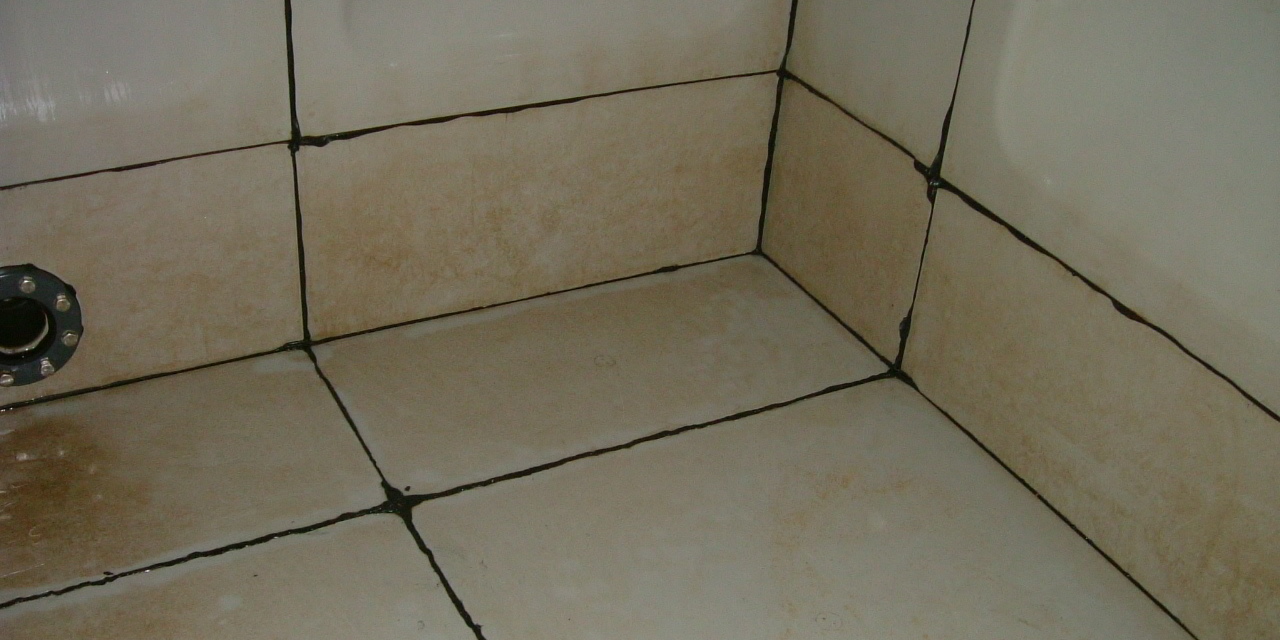
Cold Water Tanks

Inspect cold water storage tanks and carry out remedial work where necessary - Annually

Check the tank water temperature remote from the ball valve and the incoming mains temperature. Record the maximum temperatures of the stored and supply water recorded by fixed

maximum/minimum thermometers where fitted - Annually (summer) or as indicated by the temperature profiling.

Check temperatures at sentinel taps. These outlets should be below 20ºC after two minutes running - Monthly

Take temperatures at a representative selection of points to confirm they are below 20ºC to create a temperature profile of the whole system over a defined period of time - Usually over the course of a year.

Check thermal insulation to ensure it is intact and consider weatherproofing where components are exposed to the outdoor environment - Annually
Showers and Spray Taps
Dismantle, clean and descale removeable parts, heads, inserts and hoses where fitted - Quarterly
